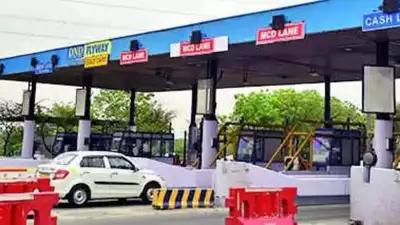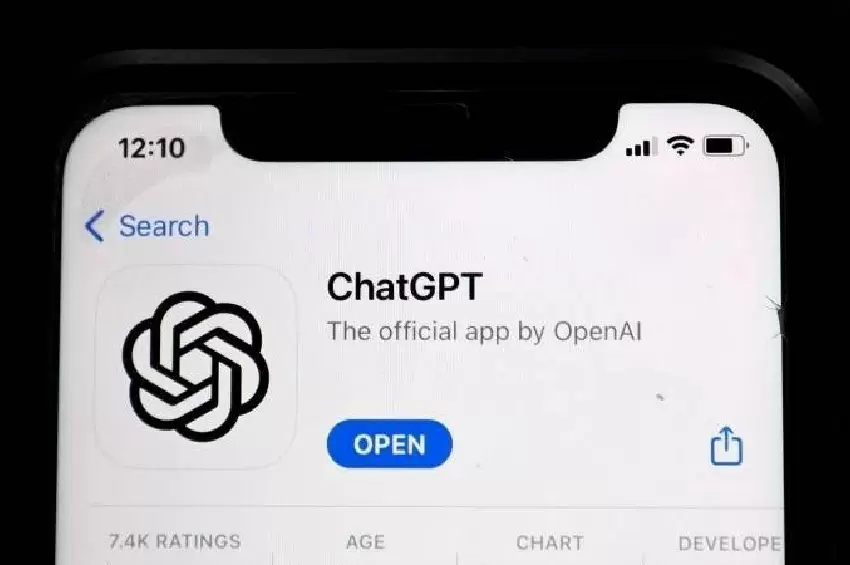Revolutionizing Highway Travel in India
In an ambitious move to enhance commuter experience, the Indian government has announced plans to implement 'barrier-free' tolling on national highways with four lanes or more, as well as on all high-speed corridors, within the next five years. This initiative, highlighted in the Economic Survey, promises to ensure seamless travel by eliminating the need for commuters to stop or slow down to pay user fees.

Technological Innovations Driving the Change
The National Highways Authority of India (NHAI) is spearheading this transformation with the introduction of advanced technologies such as automated number plate readers, high-resolution cameras at entry and exit points, satellite-based tolling, and the multi-lane free flow (MLFF) system. These technologies aim to facilitate a smooth and efficient toll collection process, making highway travel faster and more convenient for everyone.
Pilot Projects and Future Plans
Pilot projects for ANPR-based tolling have already been successfully tested on the Delhi-Meerut Expressway and the Panipat-Ambala highway. Furthermore, NHAI has initiated the bidding process for implementing the MLFF system at several toll plazas across the country, including the Dwarka Expressway and UER-II in Delhi, Chorayasi in Gujarat, Gharaunda in Haryana, and Neemili in Tamil Nadu. Plans are also underway for the Ahmedabad-Dholera and Delhi-Dehradun Expressways, signaling a nationwide shift towards more efficient highway travel.
Under the MLFF system, the traditional toll plaza is replaced by field equipment and sensors mounted on gantries, which capture vehicle information and transmit it to the electronic toll payment system for seamless fee deduction via FASTag. This innovative approach, championed by Prime Minister Modi, aims to make travel across national highways truly seamless, marking a significant leap forward in India's infrastructure development.









Comments